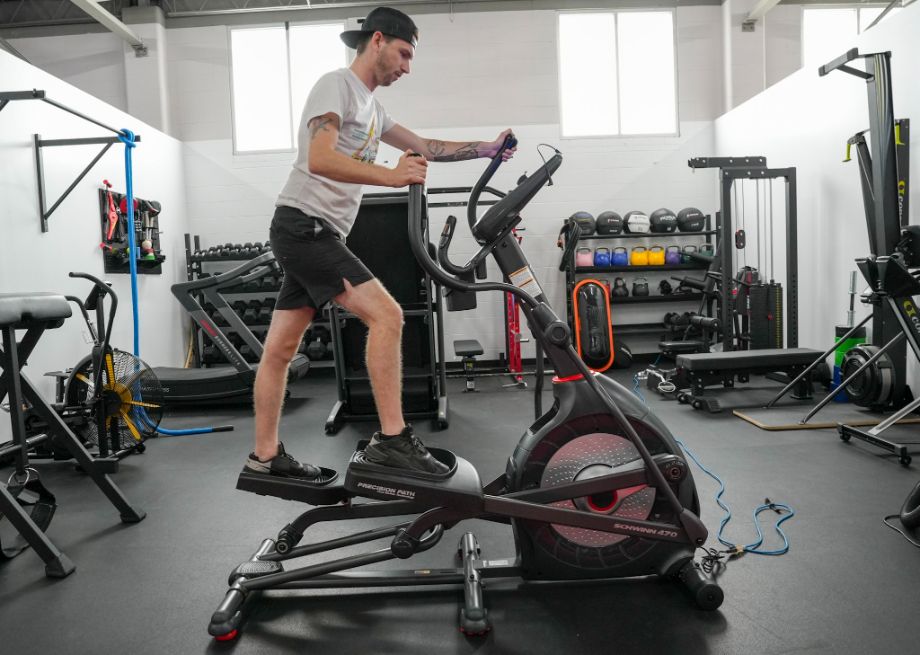We test and review fitness products based on an independent, multi-point methodology. If you use our links to purchase something, we may earn a commission. Read our disclosures.
Do you find yourself shying away from working out because you’re a beginner? Would you like to improve your body strength without doing high-impact exercises? Are you wanting to reduce your body weight but are hesitant to exercise due to a recovering injury or joint condition?
Some of you probably found yourself nodding your head “yes” once or twice, and I totally understand. High-impact cardio exercises aren’t for everyone, and fortunately, it’s not the only option out there. Yep, that means you can still get your heart rate up and do full-body workouts without high-intensity interval training!
I’m here to tell you that there are plenty of great low-impact exercises you can do that’ll help you achieve your weight-loss or strength training goals. Therefore, keep reading to learn more about low-impact cardio workouts and why they might be the best fit for you.
What Is Low-Impact Cardio?
When you imagine low-impact cardio, do you envision someone doing leisurely workouts that barely make them break a sweat? Well, I can tell you that low-impact workouts definitely don’t look like that! Trust me when I say that low impact doesn’t mean easy, effortless, or even low-intensity. Instead, it just describes the level of force exerted on or by the body.
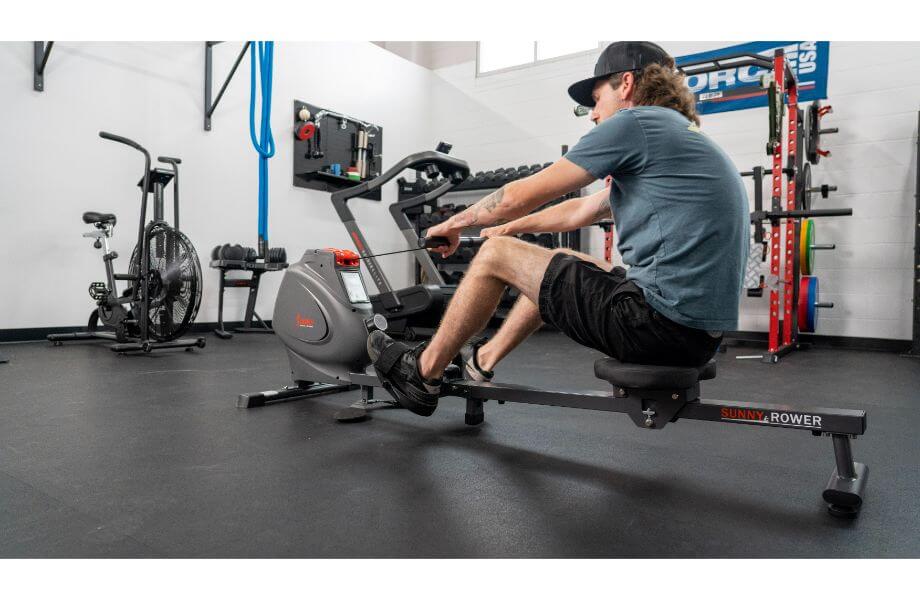
Low-impact cardio allows you to get your heart rate up and still be gentle on your joints. It does this by limiting the absorption of eccentric forces and promoting isometric and concentric contractions. In case that sounded like a bunch of mumbo jumbo, let me explain.
With eccentric contractions1, the muscle stretches and resists simultaneously when activated, causing it to lengthen when the force is greater than the muscle generates. This is often what happens with high-impact cardio exercises. While this is beneficial for muscle building, it may also lead to muscle damage2, especially when the body doesn’t have a chance to recover. In addition, the combination of muscle-tendon stretching may be hard on the joints.
Isometric contractions 3 create force without changing the length of the muscles or using the joints. Concentric contractions3, on the other hand, cause the muscles to shorten to produce force. These two forms of muscle activation are easier for a beginner, individuals recovering from an injury, or those dealing with a condition that affects their joints.
In short, low-impact cardio is a joint-friendly workout for those trying to reduce their risk of injury.
Benefits of Low-Impact Aerobic Exercise
There are many benefits associated with low-impact cardio that you should be aware of. Consider some of them below:
Better Your Cardiovascular Fitness
According to the American Heart Association4, adults should get at least 150 minutes of moderate-intensity aerobic activity per week. Doing so can decrease your mortality risk and reduce your risk of cardiovascular disease.5
Much research has been done on how following a sedentary lifestyle may negatively impact your heart health. For instance, increased sedentary time6 is associated with heart disease, diabetes, cancer, musculoskeletal disease, and more. With low-impact cardio, you can work out for a more extended period of time, thus decreasing your overall sedentary time. Therefore, just doing one 30- to 60-minute low-impact cardio workout a day could make a world of difference.
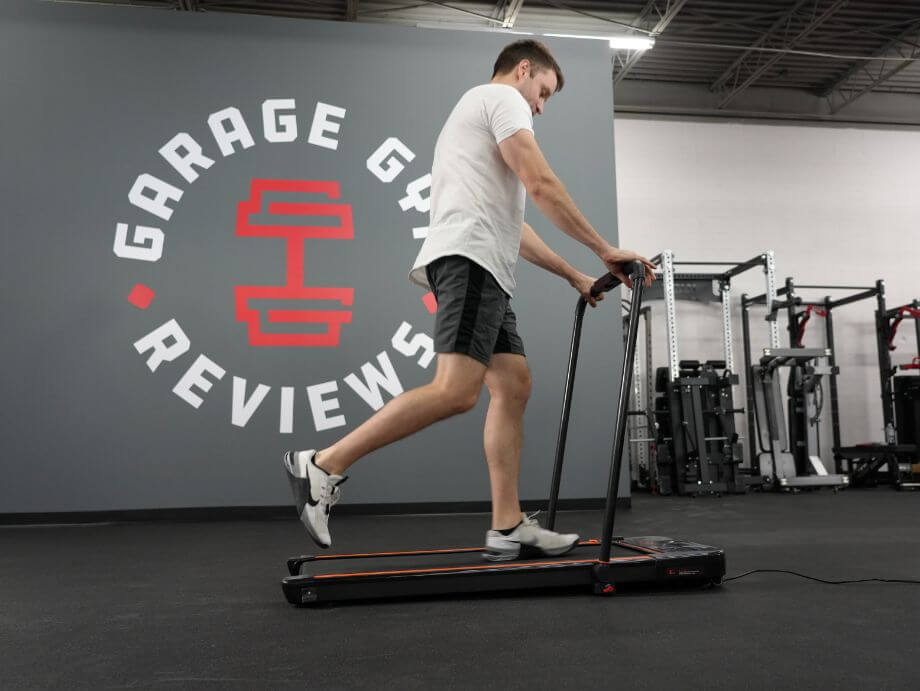
A Great Recovery Workout
We need rest days so our muscles can repair themselves after an intense workout day. However, a rest day doesn’t mean you have to spend your day in bed doing absolutely nothing. If you still want to get moving in between your HIIT workouts, consider making low-impact cardio exercises a part of your weekly workout routine. You’ll love how this form of exercise is less likely to give you delayed onset muscle soreness (DOMS).
I’ll also add that if you were previously injured and are in the process of recovery, don’t immediately jump back into high-impact exercises. You also want to avoid doing nothing at all, which is what many people think recovery is. Low-impact cardio exercises can get you moving and healing the right way.
Can Enhance Your Strength and Endurance
If someone ever tells you that low-impact cardio can’t enhance body strength or improve your endurance, they’re wrong.
Don’t let the “low” in low-impact fool you. Whatever muscles you focus on while doing low-impact cardio will become stronger. You don’t have to rely solely on things like burpees plyometric exercises to enhance your fitness. Although they tend to be more intense and high-impact, that’s not required to make you stronger.
In terms of endurance, your muscles actually require more oxygen when doing concentric contractions. Therefore, when you consistently do low-impact cardio exercises, you build your endurance7. You’ll be able to work your muscles for more extended periods without experiencing muscle fatigue.
Here’s an example. Yoga is one type of low-impact cardio exercise, and its impact on fitness (and wellness) has been widely researched. In one 2016 study8, researchers evaluated medical students that completed yoga over six weeks. They found that those students experienced improved stress levels and greater endurance.
Another study 9 assessed the effects of yoga on physical fitness in the elderly. Upon completing the study, they found that participants had improved muscle strength, balance, and flexibility.
Easy On The Joints
One of the main benefits of low-impact cardio is how joint-friendly it is. With this form of cardio exercise, at least one foot is supposed to stay in contact with the ground at all times. However, sometimes there’s no contact at all (e.g., swimming), which is great if you really want to give your joints a break.
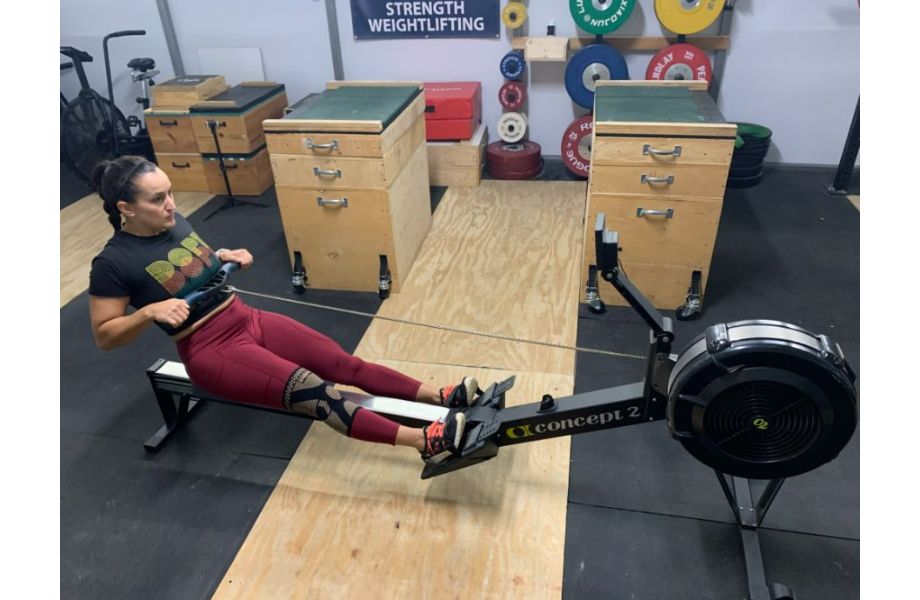
Improves Your Balance and Stability
Many low-impact exercises, such as yoga and Pilates, require you to focus on balance and stability. Some workouts will even include single-leg activities. You’ll learn how to become more stable as you complete different poses and progress through levels. Sometimes balance and stability are overlooked, but they’re actually pretty important. Both help with posture, coordination, and preventing injuries.
6 Joint-Friendly, Low-Impact Workouts
Now that you know what low-impact cardio is and how it may benefit you, I’m sure you’re wondering what workouts you can do. There are many different types of low-impact exercises out there, so you shouldn’t get bored anytime soon. However, understand that you don’t have to complete every single one on this list. Speak with your medical provider and decide on one that works for your current fitness level. Then, whatever you choose, have fun doing it!
#1 Walk It Out
Walking is a low-impact, low-intensity exercise that is great for beginners or those easing back into working out. Certified personal trainer Garage Gym Reviews editor Nicole Davis says, “Don’t underestimate the power of walking. It’s natural, doesn’t overstress the joints, and can help you burn calories.” Nicole, who is certified in prenatal fitness instruction, also states that walking is one of the best prenatal and postnatal fitness workouts to keep moms moving.
#2 Switch It Up With Cycling
Indoor and outdoor cycling are fun, low-impact activities that work out your lower body muscles. If you enjoy exploring the scenery and want to really work those quads and hamstrings, outdoor cycling is best. However, those looking for a more controlled and convenient environment might prefer using a stationary bike. Keep in mind that indoor cycling tends to be more low-impact than outdoor cycling, so choose the one that’s best for your circumstances.
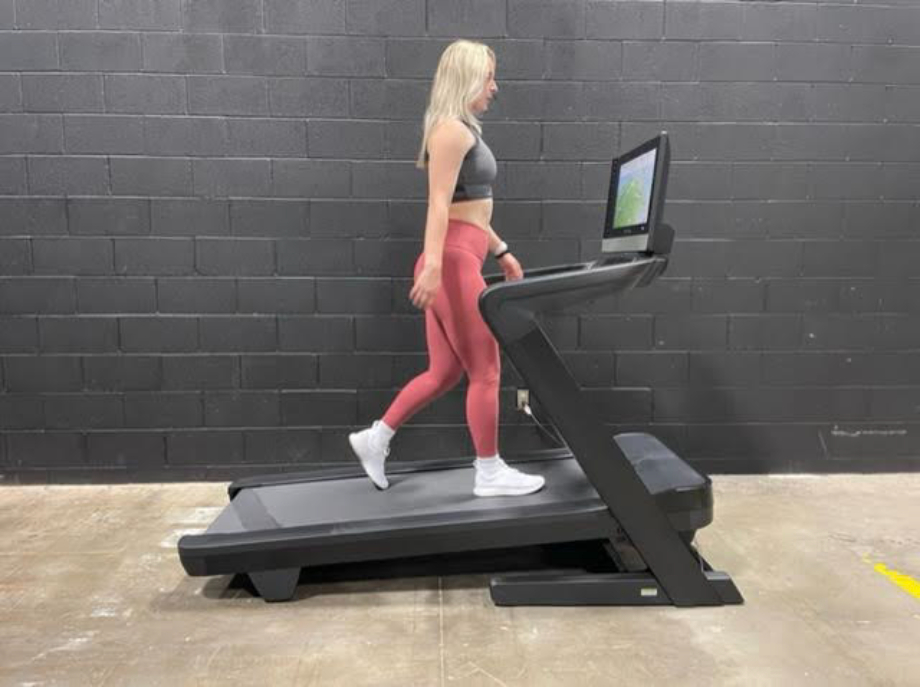
#3 Swimming: No Impact, No Problem
Those looking for a low-impact full-body workout that improves core strength and boosts endurance should try swimming. Swimming is a phenomenal activity for individuals with arthritis, osteoporosis, and multiple sclerosis. When you glide through the water, the activity has no impact, which is helpful to individuals dealing with bothersome joint pain. The benefit10 of swimming is heightened with warm water, as it relaxes the muscles and decreases pain.
#4 Row Your Way To Weight Loss
Suppose you’re in the gym and looking for a low-impact option, head over to the rowing machine11. You’ll be able to work out your upper and lower body without putting excessive stress on your joints and muscles. Thirty minutes of vigorous activity on a rowing machine can burn 255 calories12 in a 125-pound person. Of course, you could burn that same amount running cross country, but you’d be putting wear and tear on your joints. So if protecting your joints is your goal, opt for rowing.
#5 Hit The Elliptical
People who like running but aren’t currently able to do so might like the elliptical machine. It mimics the running technique but doesn’t include the pressure on your joints. In fact, one study13 completed in 2014 found that it was significantly less weight-bearing than jogging or running. In addition, with the elliptical, your left foot and right foot stay in contact with the footrests, so you get a good cardio workout without the impact.
#6 Pilates: Stretching to Success
You can build your endurance, become more flexible, and get a stronger core with Pilates. And you can do all that without stressing out your joints. It makes for a great home workout that beginners and fitness experts alike could try. So if you’re looking to challenge your muscles and torch calories in a new way, pilates will help you sweat and stretch your way to success.
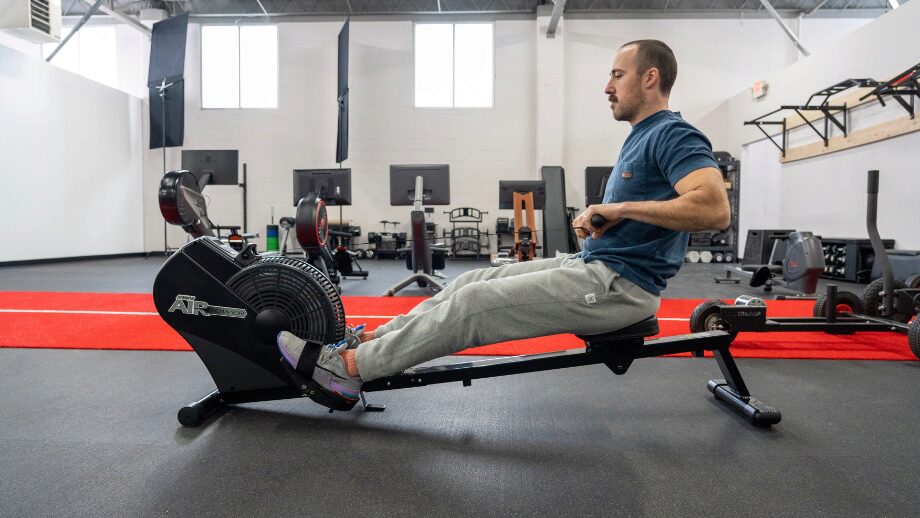
Try This Low-Impact Cardio Workout At Home
One of the benefits of low-impact cardio is that you don’t need any special equipment to do it. You can do it right in the comfort of your own home. As a matter of fact, you can try it right now! Go ahead and do a quick warm-up, then come back to complete a 15-minute low-impact cardio workout.
Below are four exercises that you can do for 1 minute each. After you complete one exercise, head immediately to the next one. Once you complete all four exercises, take a one-minute break, and repeat the circuit two more times.
The Workout:
3 Rounds
1-minute squat to jabs
1-minute standing oblique crunch
1-minute half-jumping jacks
1-minute bird-dog crunch
Rest 1 minute
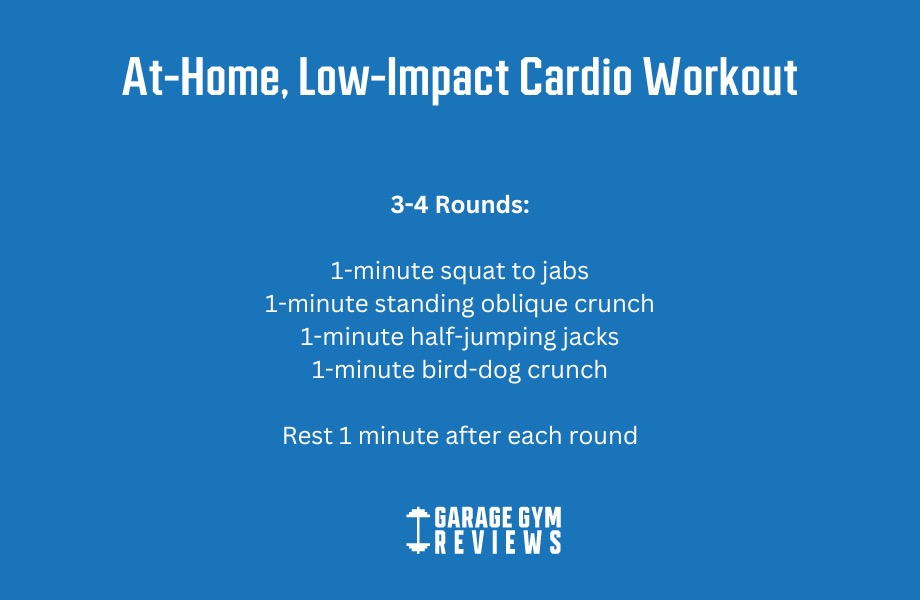
Squat-to-Jabs
To complete this exercise, stand with your feet hip-width apart and your arms at your sides. Next, squat, return to standing, and then jab each arm in front of you.
Standing Oblique Crunch
Begin by standing with your feet hip-width apart, knees slightly bent, and hands behind your head. Shift your weight to the right leg. Next, crunch to the left side while bringing your left knee up towards your elbow. After that, return to the starting position and switch legs.
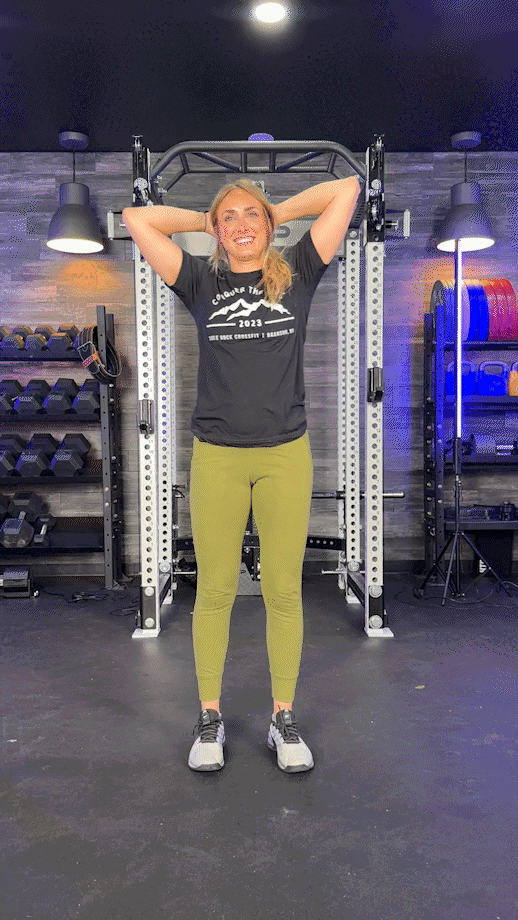
Half Jumping Jacks
Place your arms at your sides for your starting position. After that, step your left foot out and raise your left arm up above your head. Go back to your starting position and immediately step your right foot out and raise your right arm above your head. Alternate back and forth.
Bird Dog Crunch
Begin on your hands and knees in the tabletop position. Be sure that your wrists are stacked under your shoulders, and your knees are stacked under your hips. Next, extend your left arm forward and your right leg back while maintaining a flat back. Then draw your left elbow and right knee together, so they meet near the center of your body. After that, reverse the movement, so you engage your right arm and left leg.
Low-Impact Cardio: Q&A
Is low-impact cardio good for weight loss?
Absolutely! Although low cardio exercises are more gentle on the joints, you’ll still sweat and burn off calories. For instance, yoga and swimming are both challenging, low-impact workouts that aid in weight loss. However, you’ll have to work out longer than you would with HIIT to burn a similar number of calories.
Does low-impact cardio do anything?
Yes, doing low-impact cardio consistently will build up your endurance, strengthen your muscles, and help you lose weight.
What is the best low-intensity cardio?
Low-intensity and low-impact are often used interchangeably, but they’re different. Intensity refers to the level of exertion you put in while working out. For instance, you can likely still have a conversation while walking but wouldn’t be able to do so while doing burpees.
Overall, the best low-intensity cardio workout for me might be different than the best one for you. It ultimately comes down to what you enjoy and your current fitness level.
What is the best low-impact exercise for weight loss?
Swimming, cycling, and rowing are all great low-impact workouts for torching calories. However, the best one for weight loss is the one you can stay the most consistent with.
References
- Padulo J, Laffaye G, Chamari K, Concu A. Concentric and eccentric: muscle contraction or exercise? Sports Health. 2013 Jul;5(4):306. doi: 10.1177/1941738113491386. PMID: 24459543; PMCID: PMC3899915.
- Hody S, Croisier J-L, Bury T, Rogister B, Leprince P. Eccentric muscle contractions: Risks and benefits. Frontiers. Published January 1, 1AD. Accessed October 5, 2023.
- Eccentric muscle contraction. Eccentric Muscle Contraction – an overview. ScienceDirect Topics. Accessed October 5, 2023.
- American Heart Association. What exercise is right for me? Published June 2, 2023. Accessed October 5, 2023.
- Nystoriak MA, Bhatnagar A. Cardiovascular Effects and Benefits of Exercise. Front Cardiovasc Med. 2018 Sep 28;5:135. doi: 10.3389/fcvm.2018.00135. PMID: 30324108; PMCID: PMC6172294.
- Park JH, Moon JH, Kim HJ, Kong MH, Oh YH. Sedentary Lifestyle: Overview of Updated Evidence of Potential Health Risks. Korean J Fam Med. 2020 Nov;41(6):365-373. doi: 10.4082/kjfm.20.0165. Epub 2020 Nov 19. PMID: 33242381; PMCID: PMC7700832.
- Lewis MC, Peoples GE, Groeller H, Brown MA. Eccentric cycling emphasising a low cardiopulmonary demand increases leg strength equivalent to workload matched concentric cycling in middle age sedentary males. J Sci Med Sport. 2018 Dec;21(12):1238-1243. doi: 10.1016/j.jsams.2018.05.009. Epub 2018 May 15. PMID: 29789262.
- Prasad L, Varrey A, Sisti G. Medical Students’ Stress Levels and Sense of Well Being after Six Weeks of Yoga and Meditation. Evid Based Complement Alternat Med. 2016;2016:9251849. doi: 10.1155/2016/9251849. Epub 2016 Dec 7. PMID: 28053644; PMCID: PMC5174168.
- Shin S. Meta-Analysis of the Effect of Yoga Practice on Physical Fitness in the Elderly. Int J Environ Res Public Health. 2021 Nov 6;18(21):11663. doi: 10.3390/ijerph182111663. PMID: 34770176; PMCID: PMC8583600.
- UW Medicine Water exercises. Patient Resources. Accessed October 5, 2023.
- Gilmerm. What are the health benefits of rowing? Cleveland Clinic. Published June 10, 2021. Accessed October 5, 2023.
- Harvard health. Calories burned in 30 minutes of leisure and routine activities. Published March 8, 2021. Accessed October 5, 2023.
- Kaplan Y, Barak Y, Palmonovich E, Nyska M, Witvrouw E. Referent body weight values in over ground walking, over ground jogging, treadmill jogging, and elliptical exercise. Gait Posture. 2014;39(1):558-62. doi: 10.1016/j.gaitpost.2013.09.004. Epub 2013 Sep 16. PMID: 24095267.
Further reading

On the search for the best probiotic? We chose our top 11, backed by an RDN. Read more

SBD Apparel is making some of the best powerlifting gear available and their lever Belt is no exception. The SBD Belt is unique in its function, appearance, and quality. Although pricey, if you want one of the best powerlifting belts that money can buy, then the SBD Belt is a great option. Read more

Are you looking for a top-of-the-line infrared sauna for your backyard? Check out our Sun Home Sauna review and find out if it’s right for you! Read more

Do you find yourself shying away from working out because you’re a beginner? Would you like to improve your body strength without doing high-impact exercises? Are you wanting to reduce your body weight but are hesitant to exercise due to a recovering injury or joint condition? Some of you probably found yourself nodding your head “yes” once or twice, and I totally understand. High-impact cardio exercises aren’t for everyone, and fortunately, it’s not the only option out there. » Read more about: The Best Joint-Friendly, Low-Impact Cardio Exercises » Read more

